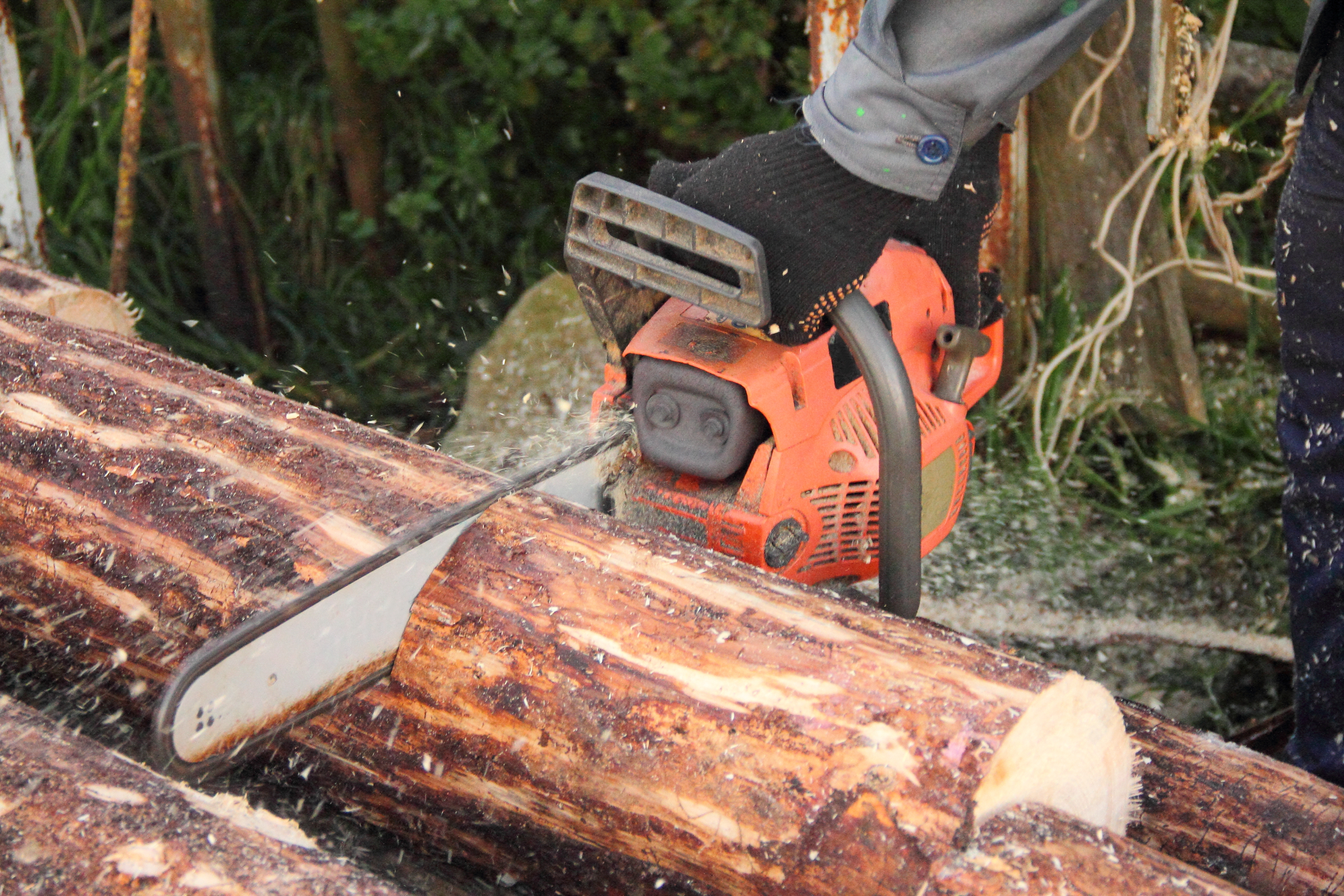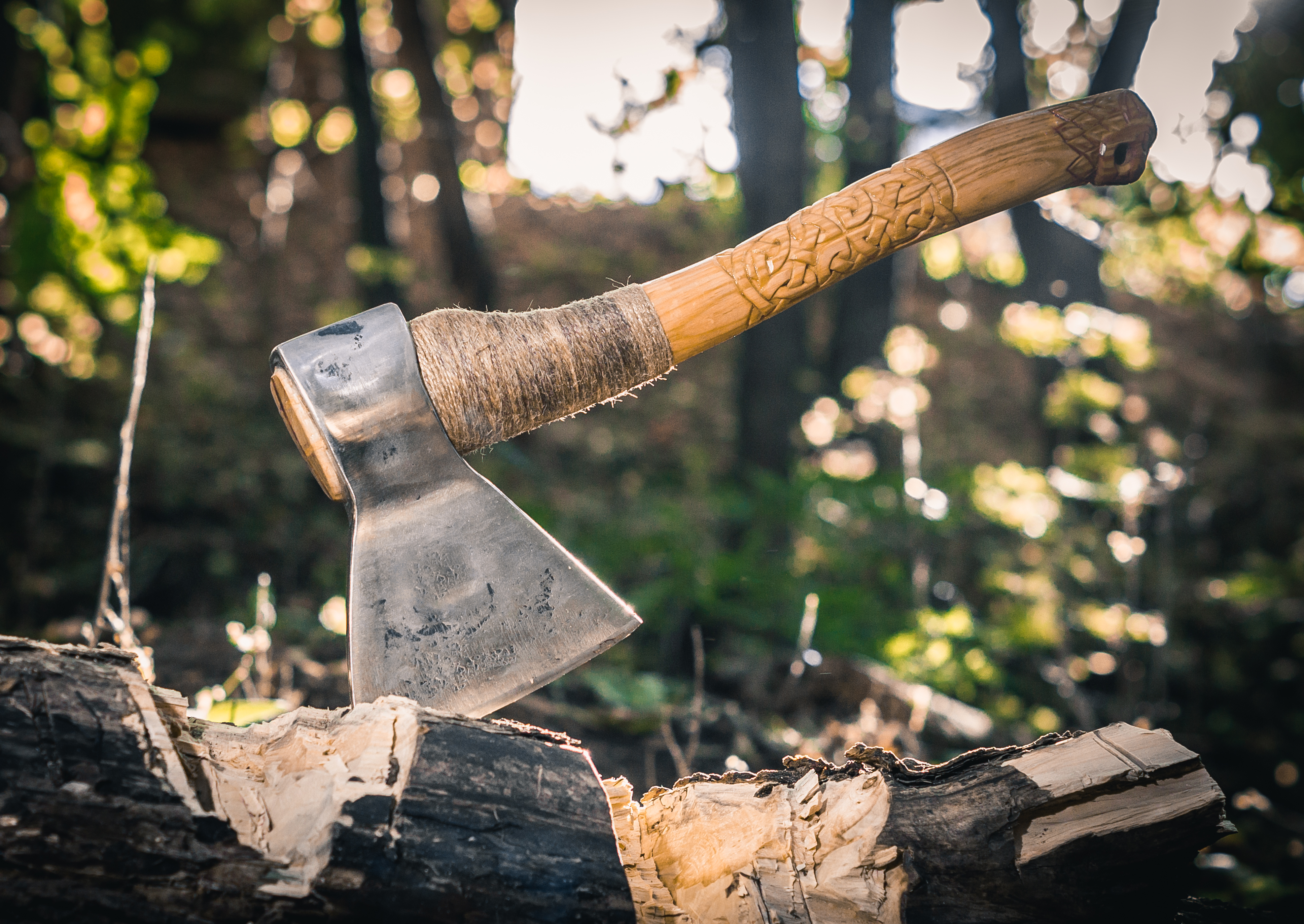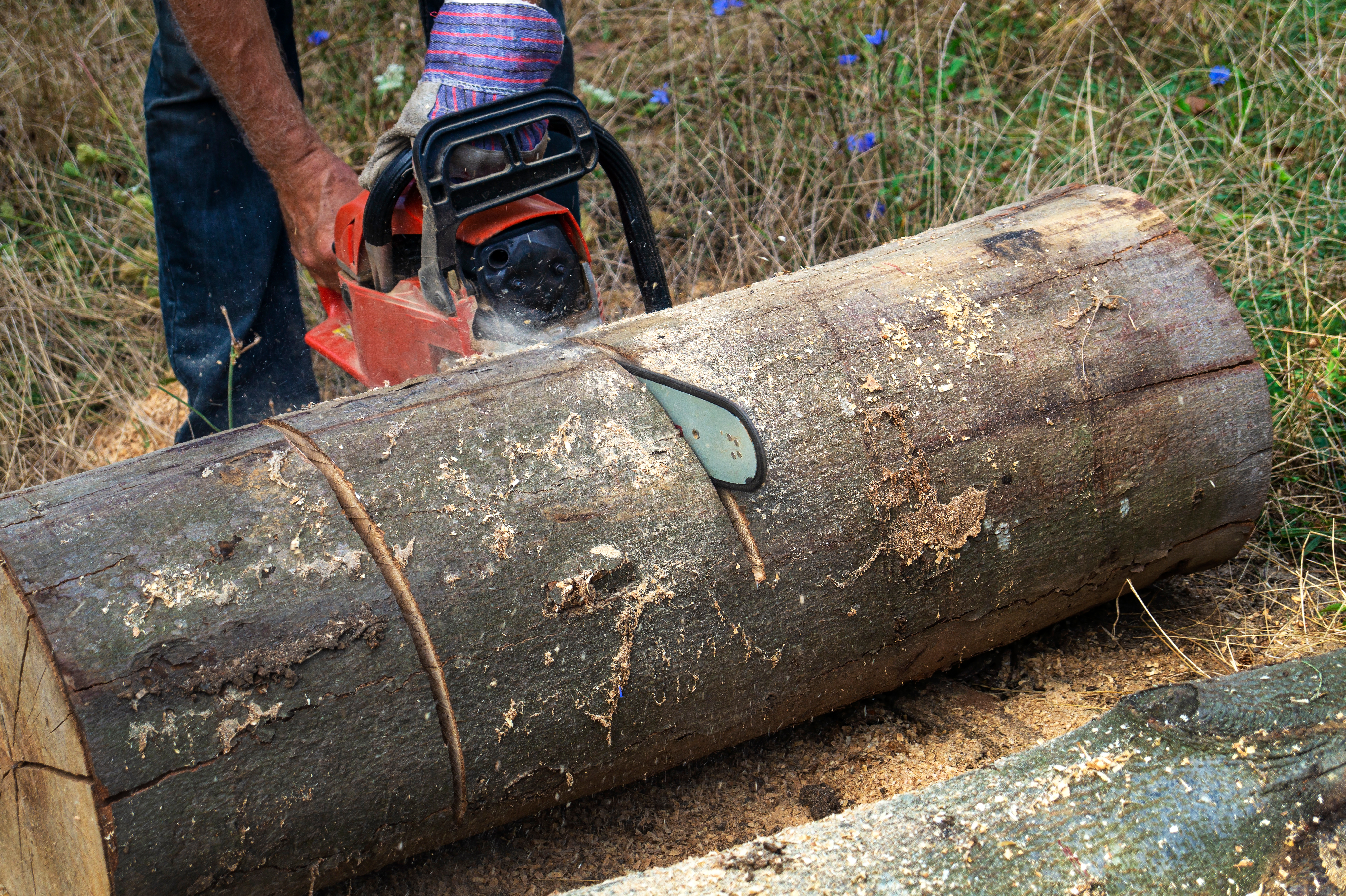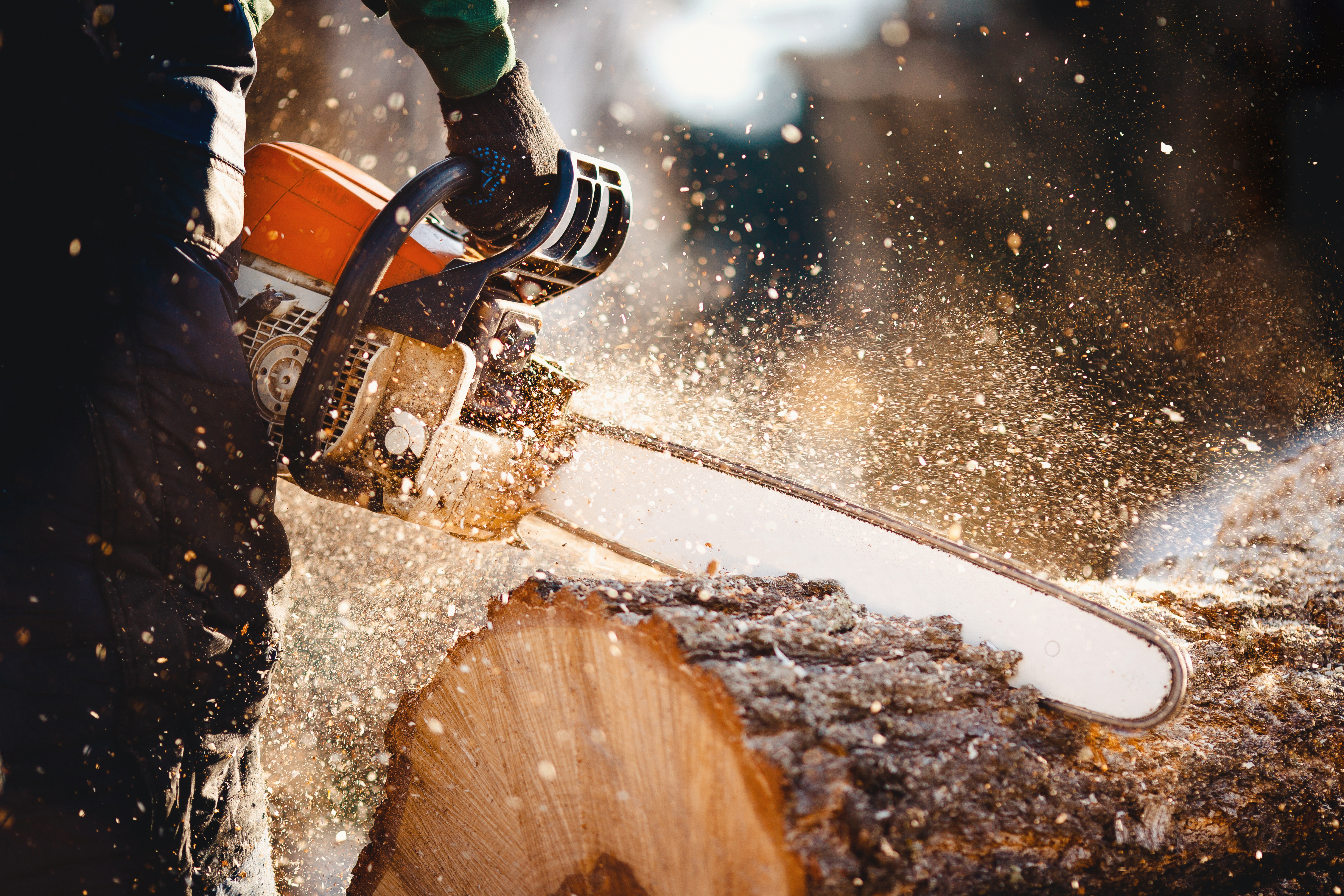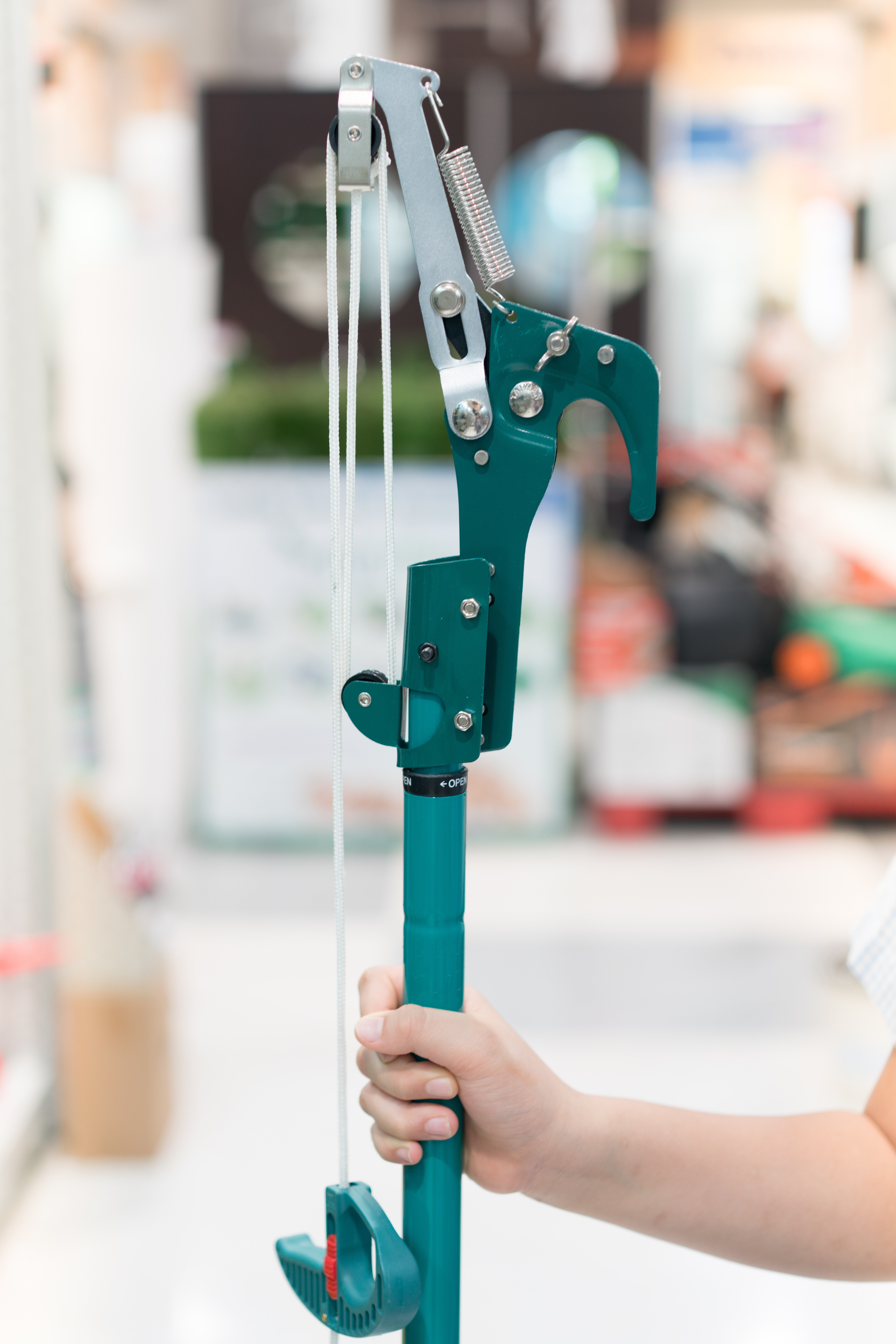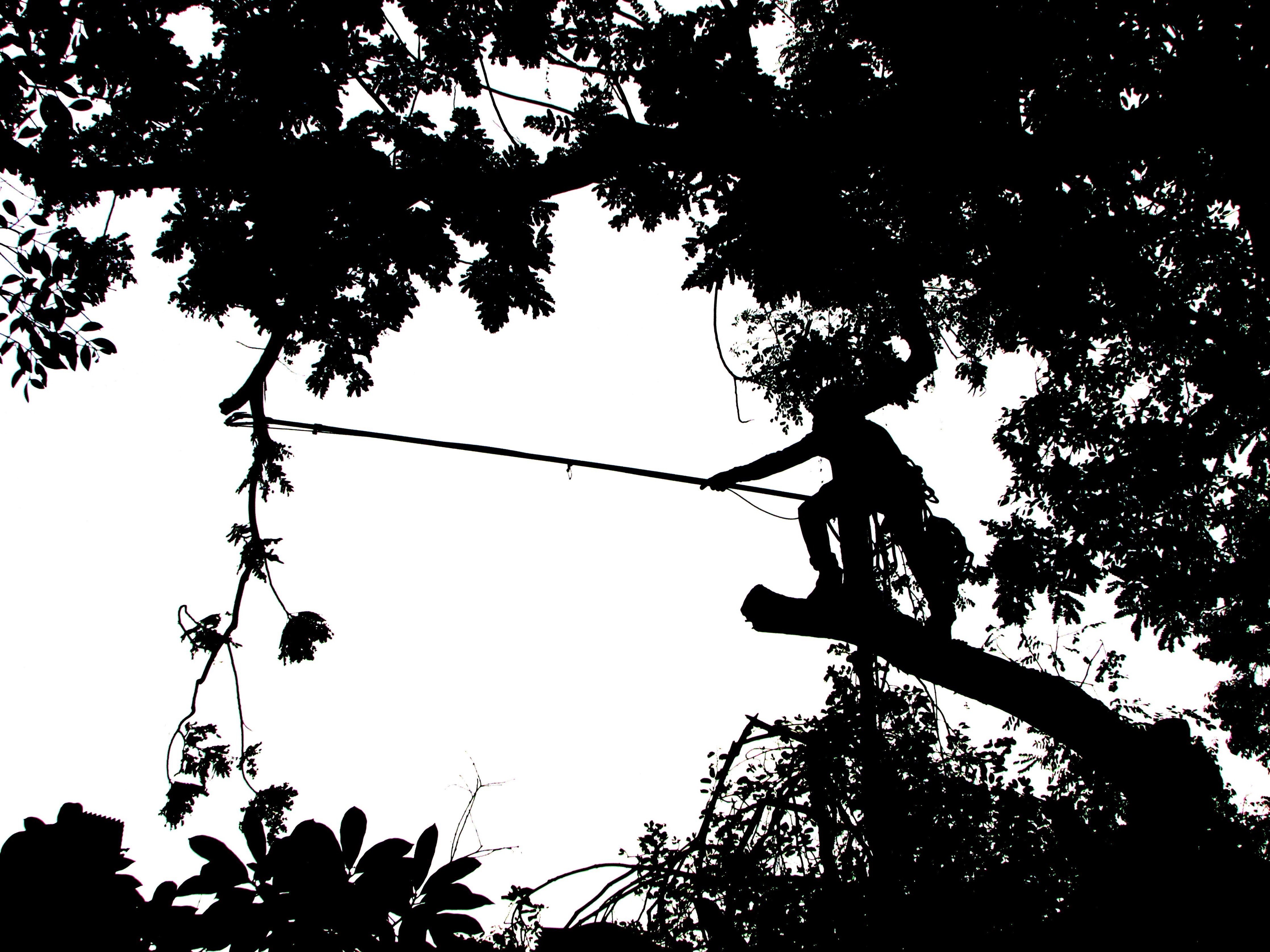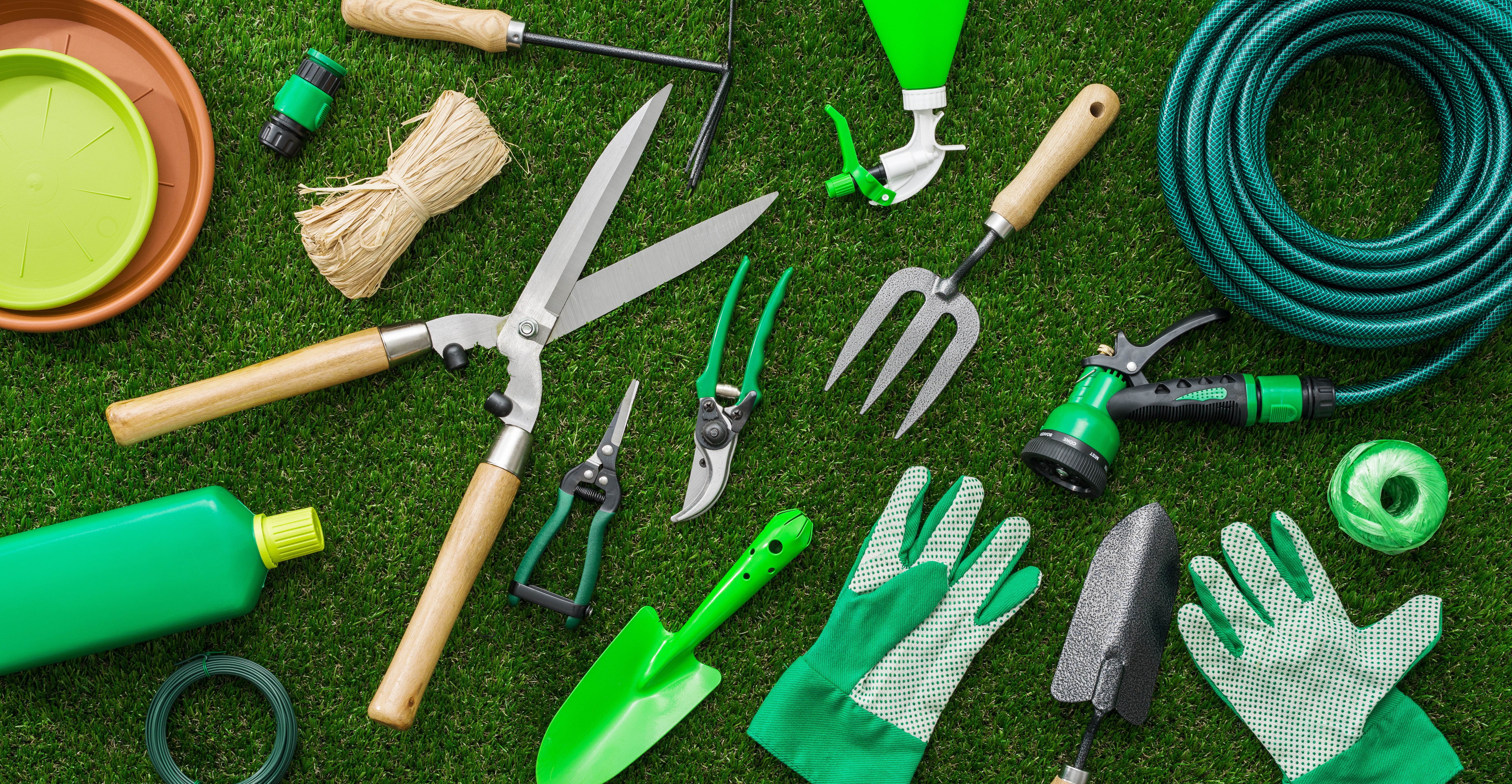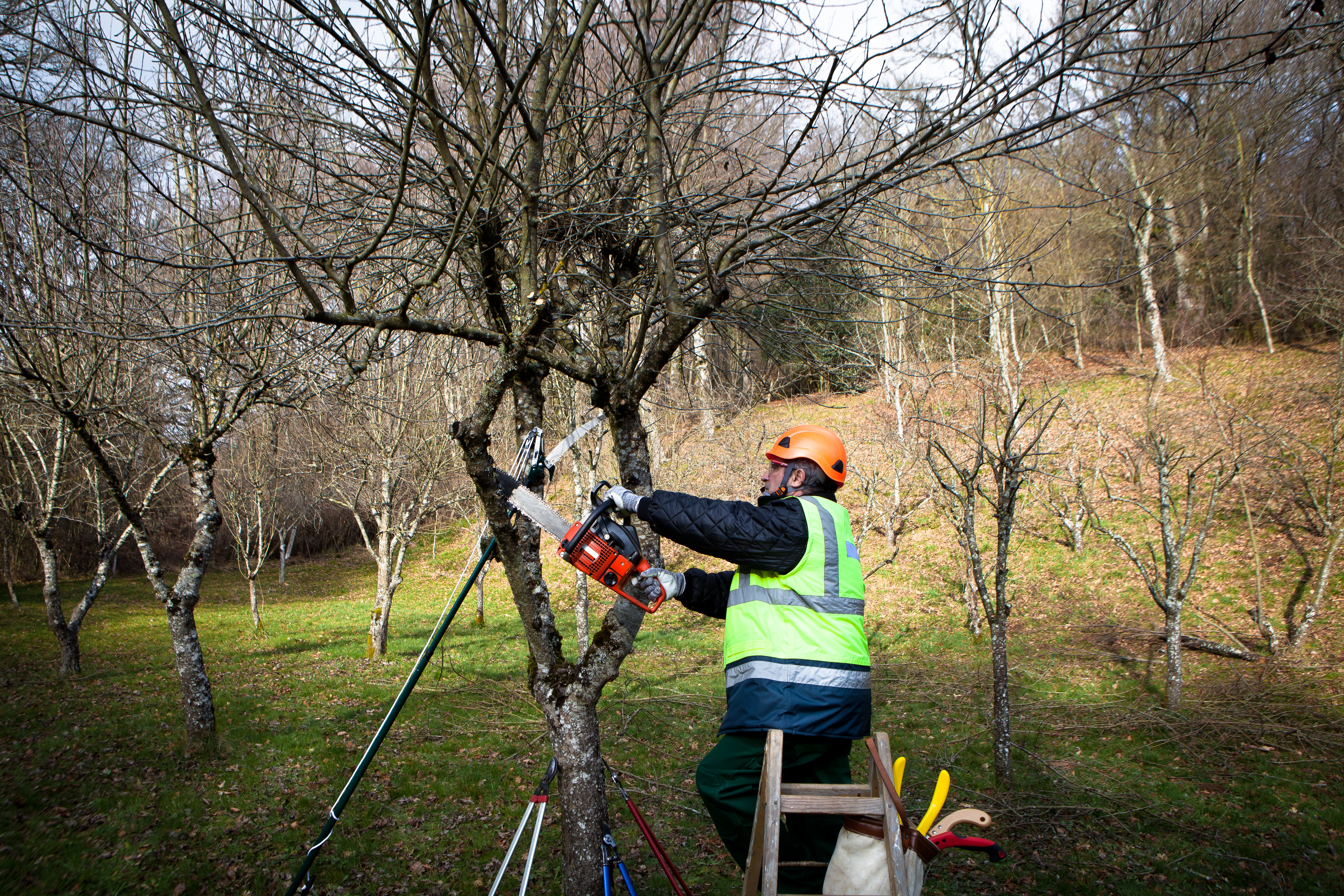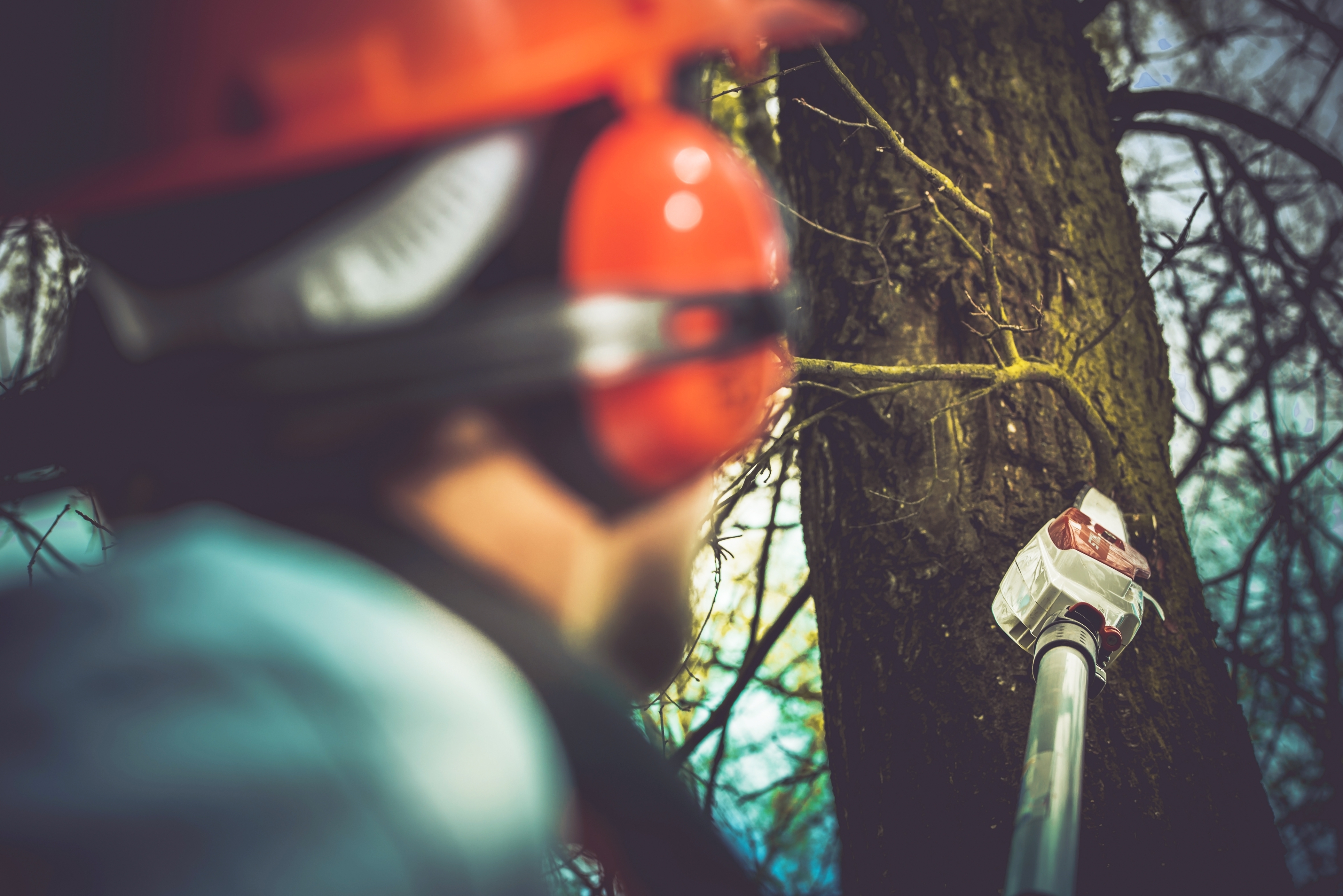So, you’ve heard that it is possible to mill a log with a chainsaw, but exactly how is this done and what kind of equipment are you going to need? That’s what we are here for. Let’s get to it and discuss how to mill a log with a chainsaw.
How to Mill a Log With a Chainsaw – Step-by-Step Tutorial
In all honesty, milling a log in your own garage, shop, or backyard with a chainsaw is really not all that hard. As long as you have a bit of patience, you know how to operate a chainsaw, and you have the right tools, it’s a pretty simple process, but it does need to be done right, and it needs to be done safely as well. Let’s go through a simple step-by-step tutorial on how to mill a log with a chainsaw.
Get the Right Chainsaw and Chain
The first step in milling a log with a chainsaw is to get the right chainsaw and the corresponding chain. Keep in mind that the more power the chainsaw has, the more efficiently and smoothly you will be able to mill your lumber; it all depends on the size of log you are looking to mill.
For instance, if you have a log that is 20 inches in diameter, you’ll want a chainsaw with at least a 24 inch chain. It needs to be long enough to get through the diameter of the log in a single go. Moreover, you also need something that has a lot of engine power, especially if the wood has a lot of knots in it.
Most people will say that a 50cc engine is fine, but we personally would go with something a bit more powerful. Next, you do also need to ensure that you have the right kind of chain attached. Generally speaking, a ripping chainsaw chain is best for log milling, as it allows you to easily make your way through thick and tough knots.
The Chainsaw Milling Attachment
Now that you have the right chainsaw and chain, you also need the chainsaw milling attachment. Some people choose to build their own setup, but if you are not an expert, and you want to save some time, a good chainsaw milling attachment is what you want to go for.
Of course, the size of the milling attachment you need will depend on the size of the chainsaw, and the size of the lumber being milled as well. Whatever chainsaw lumber milling attachment you choose, be sure that it is a fairly high-quality option that will last you for some time.
The Easy Rails and Making the First Cut
What you might not know is that you need to make a first cut; you cannot just begin milling a log using a chainsaw and the milling attachment on a round edge. You need to make a first cut so you have a flat reference point to work with, along the length of the log. Most people, to make sure that the cut is straight, will use easy rail attachments. These are rails that you can buy in most lumber shops and easily set up on your own, with this exact purpose in mind.
The rails are nailed to a side of the log along the length, the side which you plan on cutting off to get that straight edge. Build the rails to the right length, nail them on, attach your chainsaw to the rails, as instructed in the user manual, and use it to get that first cut done. Some people will choose to attach a winch to the end of the log to make pulling the chainsaw through much easier. As long as you get that first straight edge, you are good to go.
Set the Attachment Depth and Get to Work
Now that you have chosen your chainsaw, you have attached the appropriate milling tool, and you have used some easy rails to get that first cut, you will have a straight edge to work with. The rest of the process is quite easy. Take the chainsaw and the milling attachment, and use the instructions or user manual if needed, to set the cutting depth. Once you have set the cutting depth, place the milling attachment on the flat surface of the log, the surface you cut in the step before.
What’s important to remember is that you want to start your chainsaw and get it moving before you start cutting into the length of the wood. It should be going at more or less full speed before it makes contact with the log.
As in the step before, with the rails, some people use their own muscle power to pull the chainsaw along the length from one side to another, and others will attach a small winch to one side of the log, with the other hooked onto the milling attachment. This way, instead of having to force the chainsaw through the log with pure muscle power, you can use the winch to easily pull it through. It’s just something that helps make life a bit easier.
That’s really all there is to it. Once the cut is made from one side to another, remove the cut board, go back to the other side of the log, and do it all over again. Of course, you will get to the bottom of the log, and there will be another rounded edge. Once you run out of space to work with, you know you’re done.
Conclusion
As you can see, there is really not that much work that goes into milling your own log. Yes, you do need the right tools, which included the right chainsaw, chain, easy rails, a winch, and the milling attachment. However, if you have all of these, milling a log with a chainsaw is quite easy.
